Table of Contents
Welcome to Iran, a country renowned for its rich history, vibrant culture, and warm hospitality. As you plan your trip, it’s crucial to acquaint yourself with Iran travel costs and tipping customs to ensure a smooth and delightful experience. In this detailed guide, we will provide you with valuable information on traveling costs in Iran, currency exchange options, handling Iranian Rials, possible scams to be vigilant about, and tipping etiquette. Understanding these aspects will prepare you to navigate the financial landscape and express gratitude for excellent service during your visit to Iran. But first, you may want to take a look at the more general article about Money in Iran.
Costs in Iran: A Comprehensive Guide to Traveling Costs in Different Sections
Iran is generally considered an affordable destination for tourists due to its relatively low cost of living. When comparing costs in Iran with other countries, it becomes evident that travelers can enjoy significant savings. For instance, accommodation in Iran is often more budget-friendly compared to popular tourist destinations like France or Japan. Additionally, dining out in Iran is relatively inexpensive, allowing visitors to savor delicious local cuisine without breaking the bank. Transportation costs, including public transportation and taxi fares, are also relatively affordable in Iran compared to many other countries. Overall, Iran offers an attractive option for travelers seeking an affordable yet rich experience.
1. Accommodation Costs in Iran
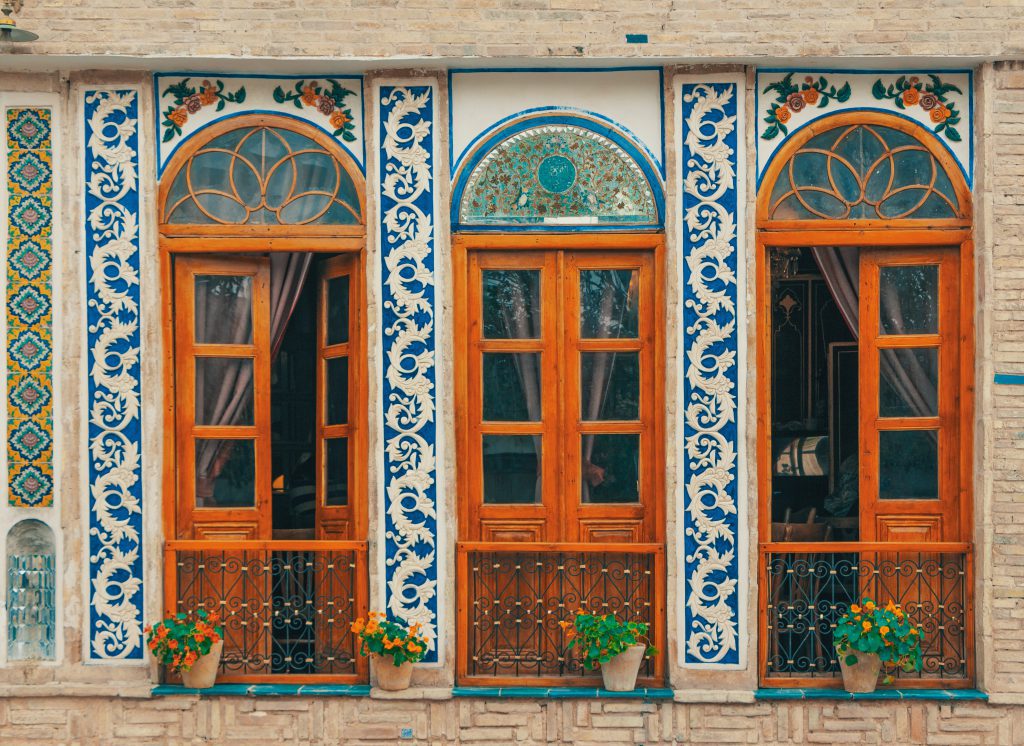
Iran offers a range of accommodation options, from budget hostels to luxury hotels. On average, the cost of accommodation in Iran is lower compared to many Western countries.
For example, a standard double room for 2 nights in the five-star Espinas Palace Hotel in Tehran costs around 150 euros. Or staying in Hanna Boutique Hotel in Tehran, in which each room has its own name and taste for 2 nights will cost you around 500 euros. Staying in the five-star Grand Kadus Hotel in Rasht for 2 nights in a standard double room is around 55 euros. You can check out their own websites or use other websites such as HotelYar and IranBooking.
2. Food and Dining Costs in Iran
Dining out in Iran can be relatively inexpensive, especially if you choose local street food or traditional restaurants. Prices for meals at mid-range restaurants are generally lower compared to Western countries.
Popular Food Prices
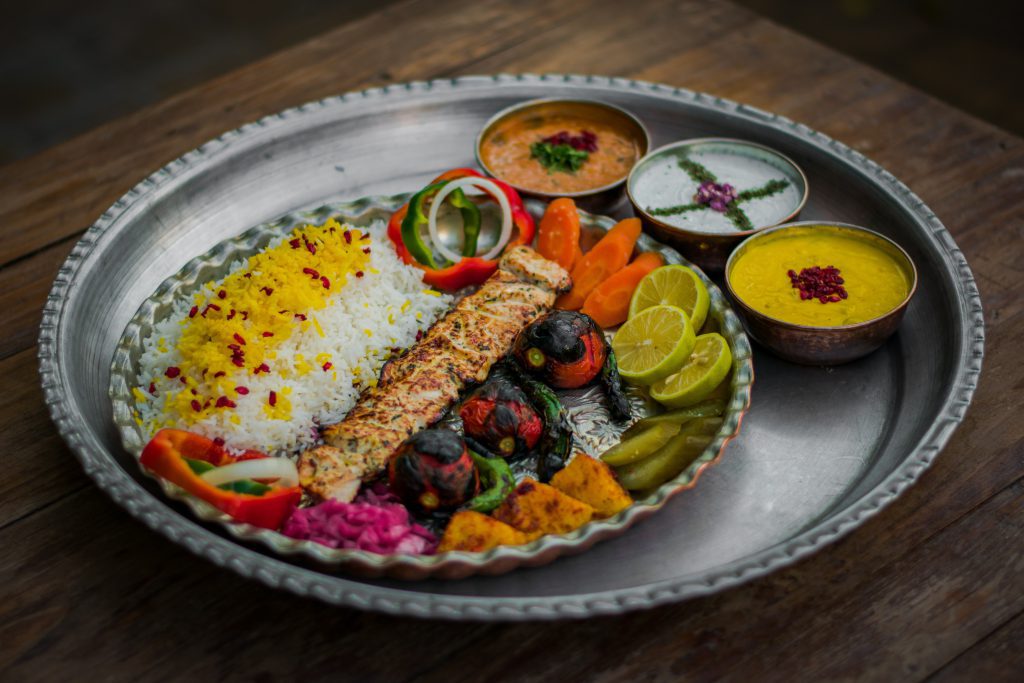
- Koobideh Kebab, 2 skewers: Approximately 1,500,000 Rials (150,000 Toman)
- Barg Kebab: Approximately 2,700,000 Rials (270,000 Toman)
- Ghormeh Sabzi stew with a dish of rice: Approximately 1,200,000 Rials (120,000 Toman)
- Fesenjan stew with a dish of rice: Approximately 1,700,000 Rials (170,000 Toman)
- Shish Kebab: Approximately 6,500,000 Rials (650,000 Toman)
- Handmade Cheeseburger: Approximately 1,800,000 Rials (180,000 Toman)
- Large size Pepperoni Pizza: Approximately 3,500,000 Rials (350,000 Toman)
3. Transportation Costs in Iran
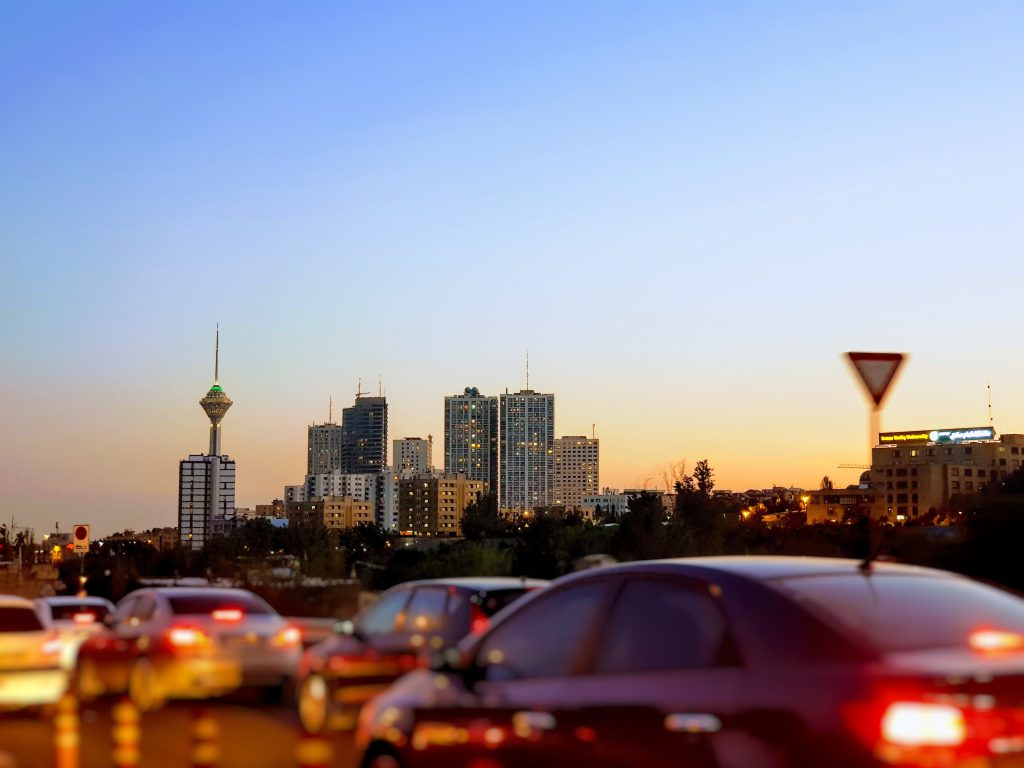
Public transportation in Iran, such as buses and metro systems, is affordable. Taxis are also relatively inexpensive compared to many Western countries.
For example, an average rate for taking a taxi would be under 1 dollar. Taking a bus (BRT) around Tehran and other big cities will be about a few cents.
However, transportation costs can vary depending on the distance and mode of travel. Additionally, popular ride-hailing apps such as Snapp, Maxim, and Tapsi are available in Iran since Uber itself doesn’t operate there and they cost more than public transportation.
4. Iran Travel Costs: Sightseeing and Activities
Entrance fees to Iran tourist attractions in Iran are generally affordable. However, prices can vary depending on the specific attraction and whether you are a foreigner or a local resident. Most attractions cost at least 1 to 4 euros. But there are some exceptional such as Golestan Palace Complex, for which you pay for visiting each museum separately.
5. Shopping in Bazaar
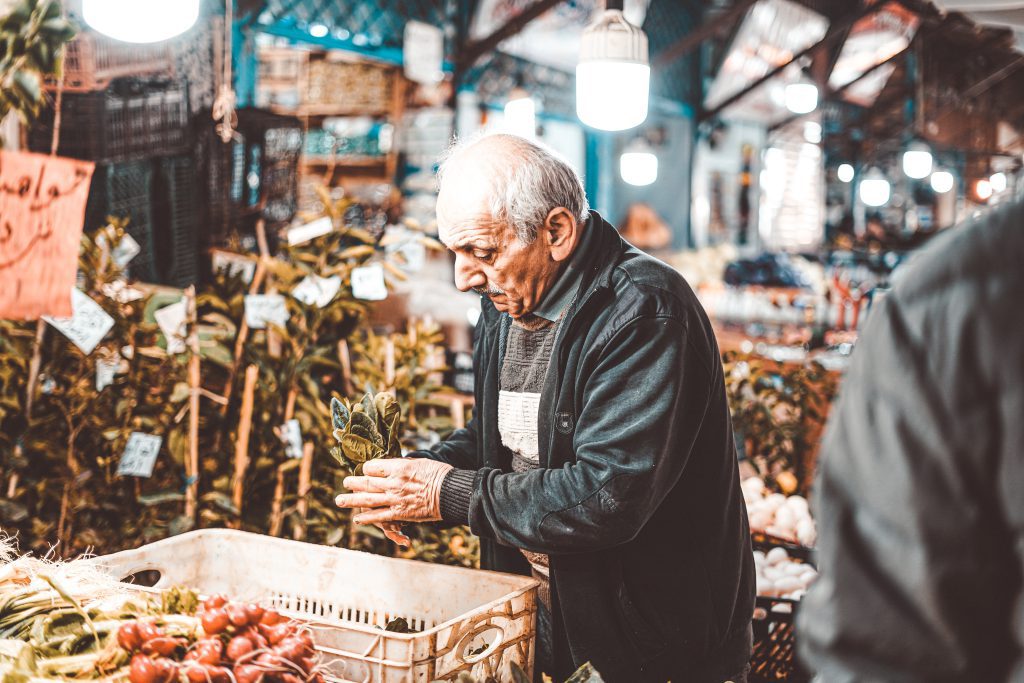
Iran is known for its vibrant bazaars and markets where you can find a variety of goods at reasonable prices. Bargaining is common in these markets, so it’s worth honing your negotiation skills!
Please note that the cost of living can vary based on factors like location, lifestyle choices, and exchange rates. It’s important to research and plan your budget accordingly. For accurate information, consult a travel agent specializing in Iran. Visit To Iran Tour’s website for comprehensive travel services and pricing assistance.
How to Exchange Money in Iran
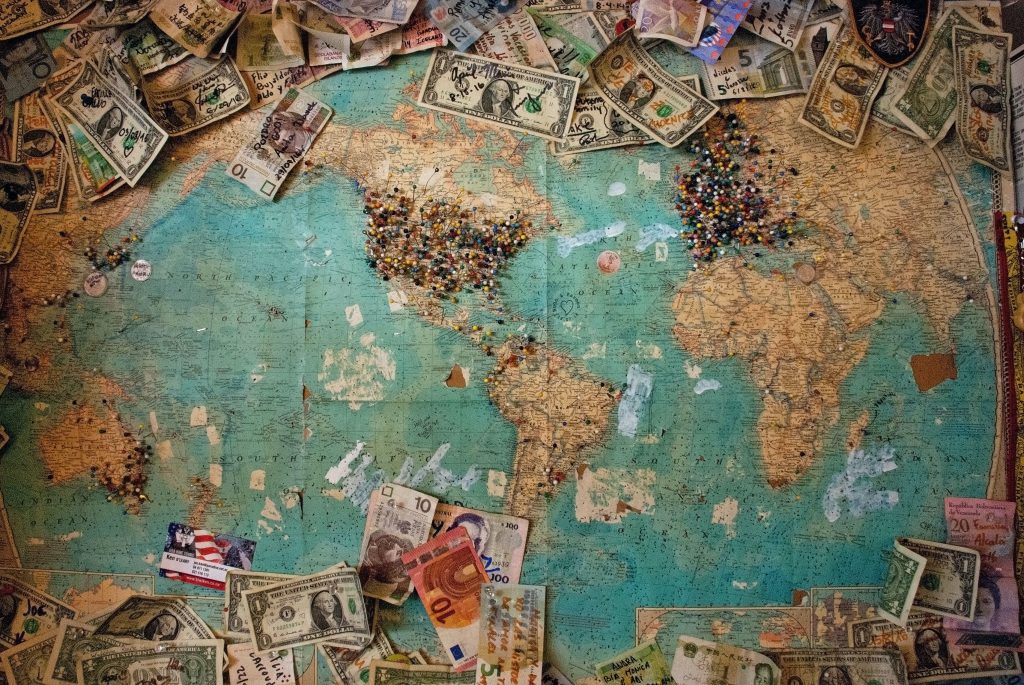
Exchanging money in Iran can be done through various channels, including banks and exchange offices (“Sarrafi”). Here is a detailed explanation of how to exchange money in Iran and some reliable places to do so in Tehran:
- Banks: Banks in Iran offer currency exchange services, and they are generally considered reliable. To exchange your foreign currency into Iranian Rial (IRR), visit a bank branch and present your passport. Search for larger, well-known banks for better service and security. Some reputable banks in Tehran include Melli Bank, Mellat Bank, and Saderat Bank.
- Exchange Offices (“Sarrafi”): Exchange offices are widespread in Iran, specializing in currency exchange. These offices are often found in commercial areas and major cities like Tehran. Look for exchange offices with official signage and displayed licenses. Before making a transaction, compare exchange rates and fees at different offices. Some reliable exchange offices in Tehran include Ferdowsi Exchange, Iran Zamin Exchange, and Saman Exchange.
Iranian Rial to USD
There are some key points for exchanging Iranian Rial to USD.
- Availability: The availability of Iranian Rial for exchange may vary depending on your location and the specific regulations in place. Some countries may have restrictions on exchanging Iranian currency due to sanctions or political reasons.
- Exchange Rates: The exchange rate between Iranian Rial and USD can fluctuate based on market conditions and economic factors. It’s advisable to compare rates from different sources to ensure you get the best possible rate.
- Pro Tip: There are some Iranian reliable websites such as TGJU – Currency,Commodity,Stocks,Indices,Markets Data & Rates and Navasan – Live Rates Broadcasting system, which provides Iranian Rial exchange rates in lots of different currencies.
- Exchange Methods: You can exchange Iranian Rial to USD through banks, currency exchange offices, or online platforms. Banks may offer more secure transactions, but they might have stricter regulations and lower exchange rates. Currency exchange offices and online platforms may provide more competitive rates but may involve higher fees or risks.
- Documentation: When exchanging the Iranian Rial to USD, you may be required to provide identification documents, such as a passport or ID card. Additionally, some countries may have specific regulations or reporting requirements for currency exchange transactions.
- Limitations: Due to the restrictions on Iranian currency, there may be limitations on the amount of Iranian Rial that can be exchanged or transferred. It’s important to check the regulations and restrictions in your country before proceeding with the exchange.
It’s recommended to consult with financial institutions or currency exchange professionals or your travel agency who can provide guidance and assistance based on your specific circumstances and location.
Tips on Exchanging Money in Iran
When exchanging money, keep the following tips in mind:
- Carry your passport: You will typically need to present your passport when exchanging money in Iran, so ensure you have it with you.
- Compare exchange rates: Rates can vary between banks and exchange offices, so compare rates to get the best deal.
- Be cautious of scams: Stick to reputable establishments and avoid street money changers who may offer better rates but could be involved in illegal activities.
- Keep receipts: Keep receipts of your currency exchange transactions for record-keeping purposes.
Tips on Handling and Counting Iranian Rial
Handling and counting Iranian Rial (IRR) can be confusing due to the large denominations and the common usage of Toman as a colloquial unit. But with these tips, you can handle and count Iranian Rial effectively:
- Understand the Denominations: The official currency in Iran is Rial, but Iranians often use Toman as a more practical unit. The conversion is straightforward: 1 Toman is equal to 10 Rials. For example, if someone says an item costs 50,000 Tomans, it means 500,000 Rials.
- Familiarize Yourself with Currency: Take some time to become familiar with the appearance of Iranian banknotes and coins. Banknotes are available in denominations of 1000,000; 500,000; 100,000; 50,000; 20,000; and 10,000 Rials.
- Use a Currency Converter App: Consider using a currency converter app on your smartphone to make conversions easier. These apps can help you quickly convert between Rials and Tomans, ensuring you understand the value of the prices you encounter.
- Practice Counting: (I know it sounds a bit weird! But trust me!) Since the denominations can be large, practice counting Rials to become more comfortable with the currency. Start by counting smaller amounts and gradually work your way up to larger sums. This will help you develop a better sense of the value of different denominations.
- Ask for Clarification: If you’re unsure about the currency being used in a particular situation, don’t hesitate to ask for clarification. Locals are generally understanding and willing to help visitors navigate currency confusion.
Remember, while Toman is commonly used in everyday conversations, official transactions and prices are typically quoted in Rials. It’s important to clarify the currency being referred to in any formal or official setting.
Advice on Possible Scams
While Iran is recognized as a safe and welcoming destination for tourists, it’s important to be aware of some helpful tips to ensure a worry-free experience:
- Currency Exchange Tips: When exchanging money, it’s advisable to use reputable banks, authorized exchange offices, or licensed currency exchange shops. These establishments provide reliable services and minimize the risk of encountering counterfeit currency or illegal activities.
- Reliable Transportation: While the majority of taxi drivers in Iran are trustworthy, it’s recommended to opt for official taxis or reputable ride-hailing services. To avoid any surprises, it’s a good practice to ensure the taxi meter is used or negotiate and agree on the fare before starting your journey.
- Payment Options: While credit and debit cards are accepted in some establishments in Iran, it’s worth noting that they may not be as widely used due to Iran sanctions. It’s always a good idea to keep an eye on your card during transactions to ensure its security.
- Personal Belongings: As with any popular tourist destination, it’s wise to be mindful of your belongings and take precautions against pickpocketing or bag snatching. Keeping your valuables secure, using a money belt or a secure bag, and avoiding the display of expensive items or large amounts of cash in public can help ensure a worry-free experience.
Use of Credit and Debit Cards in Iran
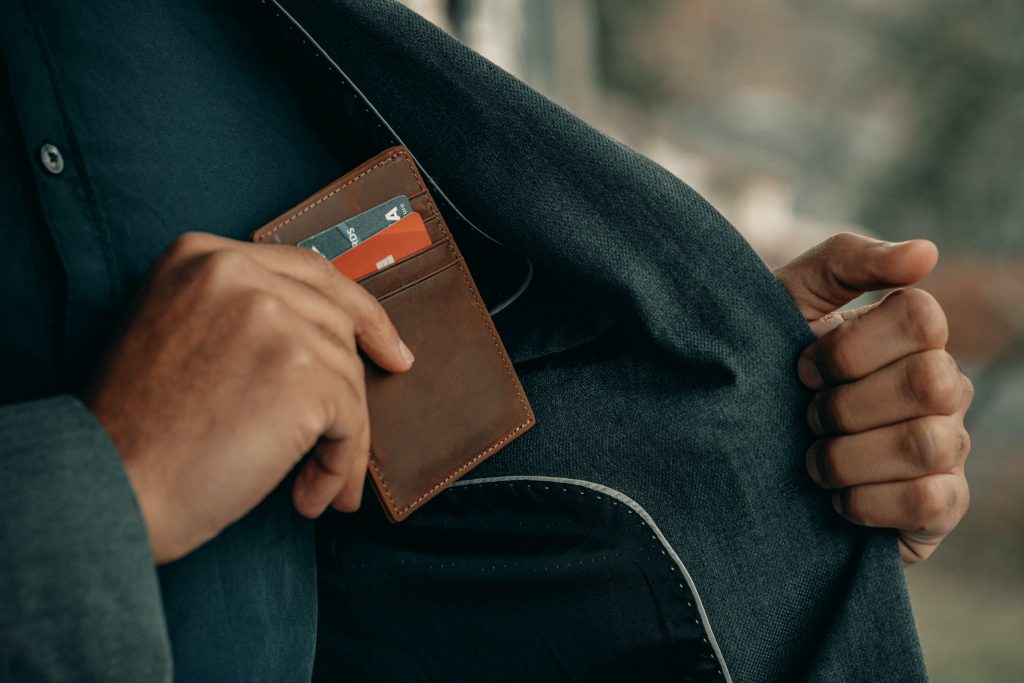
Using credit and debit cards in Iran as a tourist can be challenging due to international sanctions and restrictions. While some establishments, such as upscale hotels and larger businesses, may accept international cards, acceptance can be limited and unpredictable.
Here are some solutions and tips for managing your finances as a tourist in Iran:
- Cash is King: The primary method of payment in Iran is cash. Carry sufficient amounts of Iranian Rial (IRR) in cash to cover your expenses. Exchange your foreign currency into IRR at authorized exchange offices or banks upon arrival in Iran.
- Prepaid Travel Cards: Consider obtaining a prepaid travel card loaded with Iranian Rial before your trip. These cards work similarly to debit cards and can be used at ATMs and some businesses. However, availability and acceptance may still be limited. But consider getting advice from your travel agency for getting debit cards.
- Inform Your Bank: Before traveling to Iran, inform your bank or credit card provider about your travel plans. This can help prevent your cards from being flagged for suspicious activity and potentially blocked.
- ATMs: Some ATMs in Iran accept international cards, but availability can be limited, especially outside Tehran. Check with your bank to ensure your card is compatible with Iranian ATMs and inquire about any associated fees or restrictions.
- Traveler’s Checks: While traveler’s checks were once a popular option, their usage has declined in recent years. It may be challenging to find establishments that accept traveler’s checks in Iran.
Please note that the financial landscape in Iran is subject to change due to economic and political factors. Therefore, consult with your travel agency for the most accurate and up-to-date information regarding the use of credit and debit cards in Iran.
Tipping Etiquette in Iran
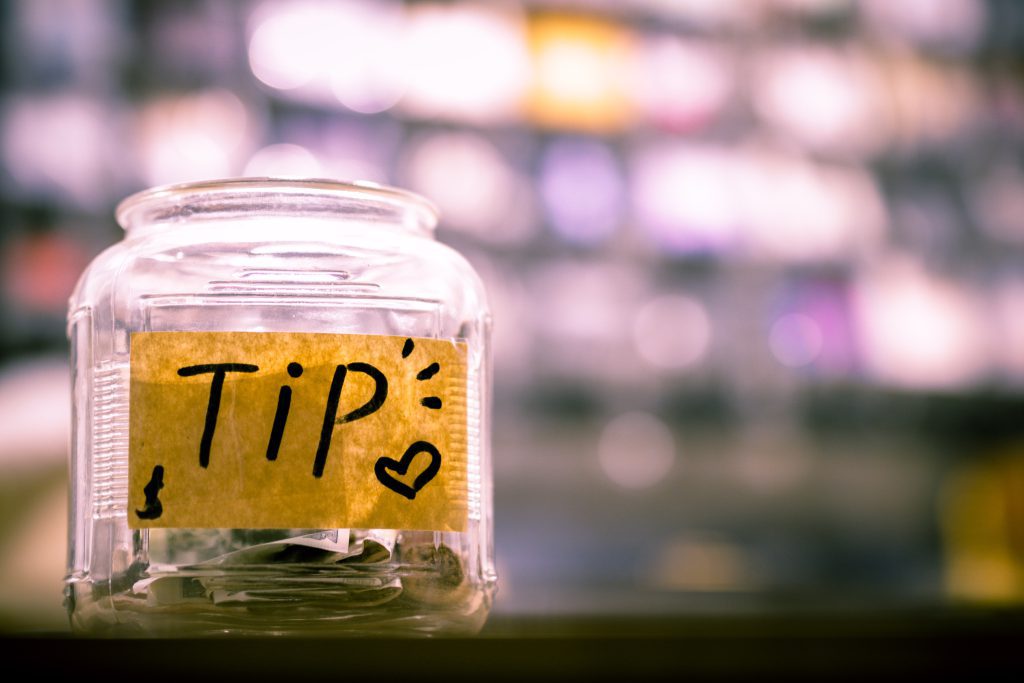
Tipping etiquette in Iran differs from some Western countries. While tipping is not mandatory or expected in all situations, it is appreciated in certain circumstances. Here are some guidelines to consider when it comes to tipping in Iran:
- Tipping in Restaurants and Cafes
- In most restaurants and cafes, a service charge of around 10% is included in the bill. However, leaving a small additional tip as a gesture of appreciation for good service is common. This can be around 5-10% of the total bill, or you can round up the amount.
- Tipping in Hotels
- Tipping hotel staff, such as bellboys or housekeeping, is not mandatory but appreciated. You can leave a small amount, such as 10,000-20,000 Rials, for the staff who assist you during your stay.
- Tipping in Taxis
- Tipping taxi drivers is not expected, but rounding up the fare to the nearest convenient amount is common practice. For example, if the fare is 35,000 Rials, you can round it up to 40,000 Rials.
- Tour Guides and Drivers Tipping
- If you hire a tour guide or driver for your travels in Iran, it’s customary to tip them at the end of the service. The amount can vary depending on the length and quality of the service, but a general guideline is around 10% of the total cost.
- Tipping in Other Services
- In other service-related situations, such as hair salons, spas, or porters at train stations, a small tip is appreciated but not obligatory. You can offer a small amount, such as 10,000-20,000 Rials, as a token of appreciation.
Generally tipping customs can vary among individuals and regions. Some Iranians may not be accustomed to receiving tips, while others may expect them. Use your judgment and consider the level of service provided when deciding whether to tip and how much.
FAQs about Iran Currency and Traveling Costs in Iran
Q1: What is the currency of Iran?
A1: The official currency of Iran is the Iranian Rial (IRR). However, in everyday transactions, Iranians often refer to Toman, which is equivalent to 10 Rials.
Q2: Can I use credit or debit cards in Iran?
A2: Due to sanctions, international credit and debit cards are generally not accepted in Iran. It’s advisable to carry sufficient amounts of Iranian Rial in cash. You can use Iranian Travel Cards instead of credit cards, which Iranian tour operators will help you in this regard.
Q3: Where can I exchange my money in Iran?
A3: Money can be exchanged at authorized banks, exchange offices (“Sarrafi”), or it can be done by your travel agency. Avoid street money changers to prevent potential scams or counterfeit currency.
Q4: Is tipping common in Iran?
A4: Yes, tipping is common in Iran, especially in the service industry. However, it’s not obligatory and is left to the discretion of the individual.
Q5: Is bargaining common in Iran?
A5: Yes, bargaining is common in Iran, especially in bazaars and markets. It’s part of the shopping culture and is often expected.
Q6: How much is the Iranian Rial to USD?
A6: You can check this kind of information on related websites such as TGJU – Currency,Commodity,Stocks,Indices,Markets Data & Rates and Navasan – Live Rates Broadcasting system that update the exchange rates all the time.
To Iran Tour: Your Trusted Assistant in All Stages of Travel
We understand that planning a trip to a new country can be overwhelming, but with our expertise and personalized services, we ensure a seamless and enriching experience. Our team of professionals is dedicated to curating tailor-made itineraries that cater to your interests and preferences, allowing you to explore the wonders of Iran at your own pace.
With our local knowledge, attention to detail, and commitment to customer satisfaction, we guarantee that your journey with ToIranTour will be filled with cherished memories. Visit our website to discover our comprehensive travel services and start planning your dream trip to Iran with ease. Let us be your guide to the wonders of Iran!

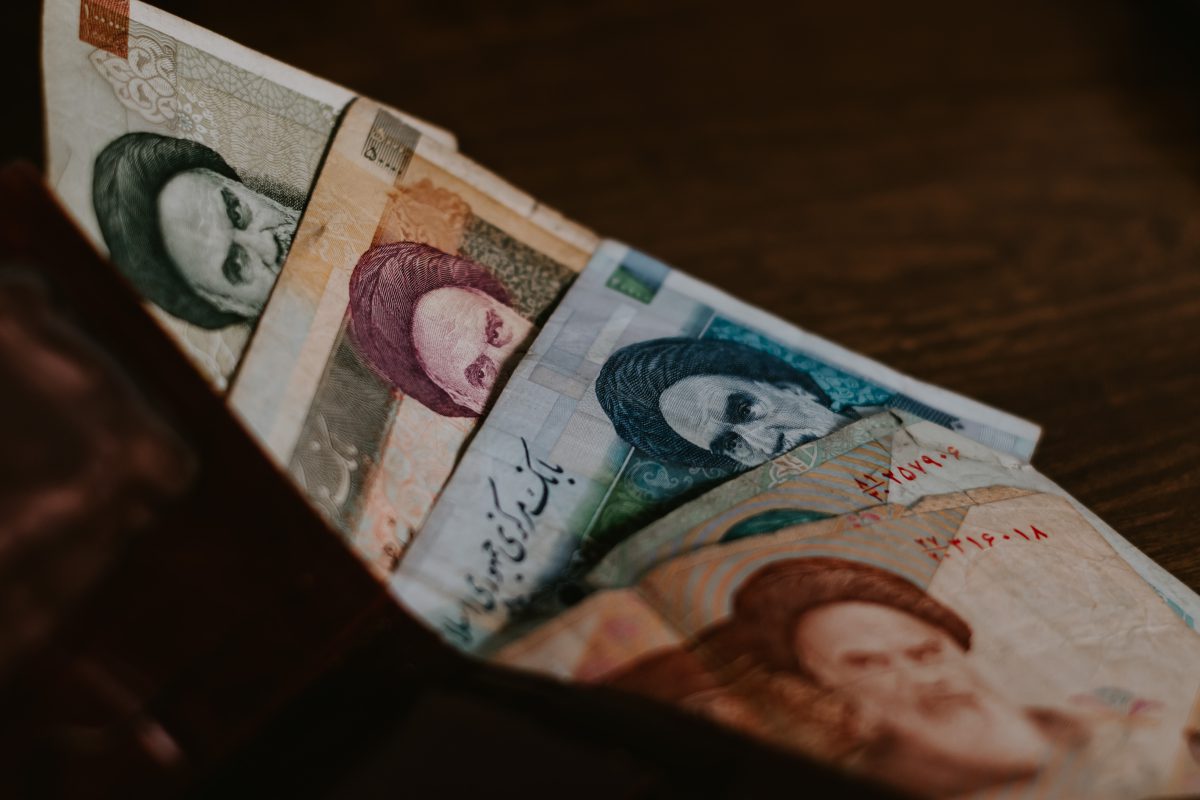
I like Fesanjan
That’s great to hear! Fesenjan is a delicious Persian dish known for its unique blend of sweet and savory flavors, typically made with pomegranate and ground walnuts. If you have any favorite variations or additional dishes you enjoy from Persian cuisine, please share them. I’d love to hear more about your culinary preferences!